Introducing children to machine learning through simple, engaging projects can demystify how machines.
These projects are about teaching problem-solving skills, encouraging logical thinking, and igniting a passion for innovation.
This post offers a collection of simple machine learning projects that are perfect for kids, combining fun and learning in a way that’s both engaging and educational.
Each project has been carefully selected to teach core ML concepts while keeping frustration low and excitement high
1. Make A Balloon Powered Car
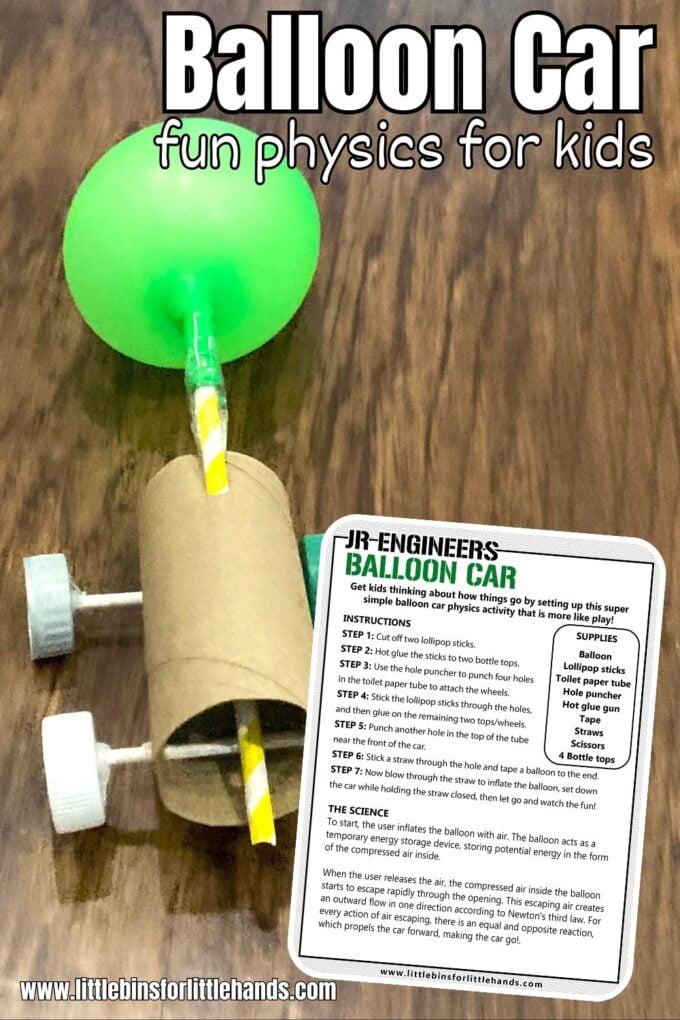
This project involves crafting a balloon-powered car from everyday materials like cardboard, straws, and balloons.
Learn more: Little Bins for Little Hands
2. Making a Crane
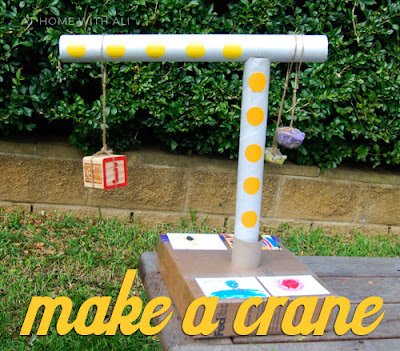
This activity involves creating origami cranes using paper folding techniques. It promotes patience, precision, and creativity while teaching students about symmetry and following instructions.
Learn more: At Home with Ali
3. Build A Windmill
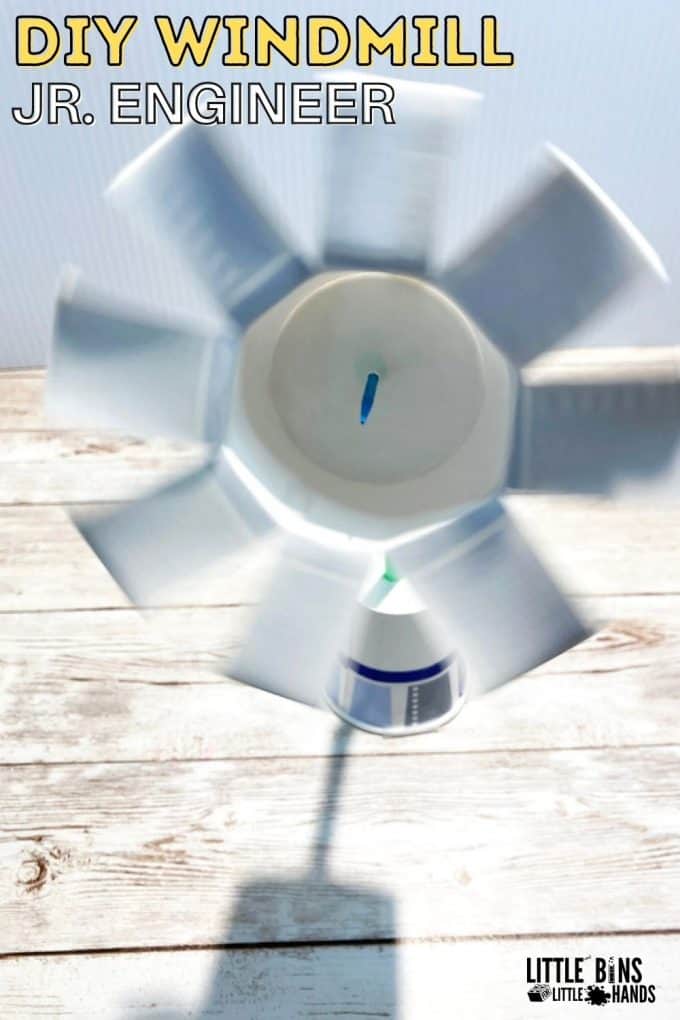
This project involves constructing a windmill using common materials such as cardboard, paper cups, and wooden skewers. It provides a hands-on opportunity for students to learn about simple machines, renewable energy, and aerodynamics.
By designing and assembling their own windmills, students can explore concepts like rotation, mechanical advantage, and energy transformation.
Learn more: Little Hands for Little Bins
4. Cardboard Tube Cars
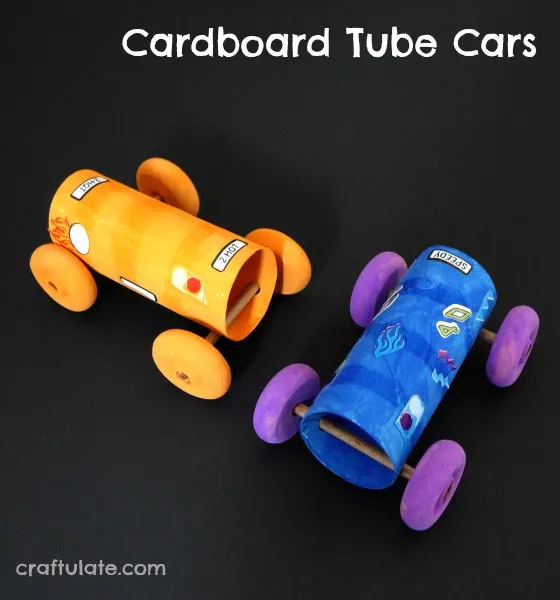
This activity entails crafting miniature cars using cardboard tubes, such as toilet paper rolls or paper towel rolls. It sparks imagination and resourcefulness while teaching child.
Learn more: Craftulate
5. LEGO Zip Line
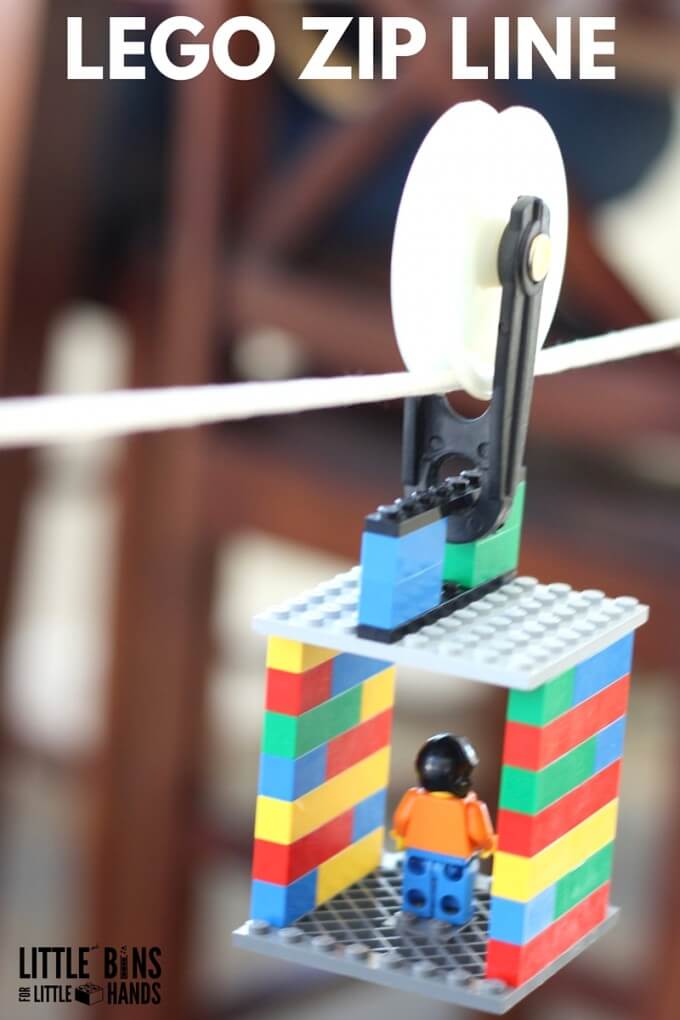
This project involves constructing a LEGO zipline to demonstrate the principles of simple machines.
Learn more: Little Bins for Little Hands
6. Make a Movable Pulley
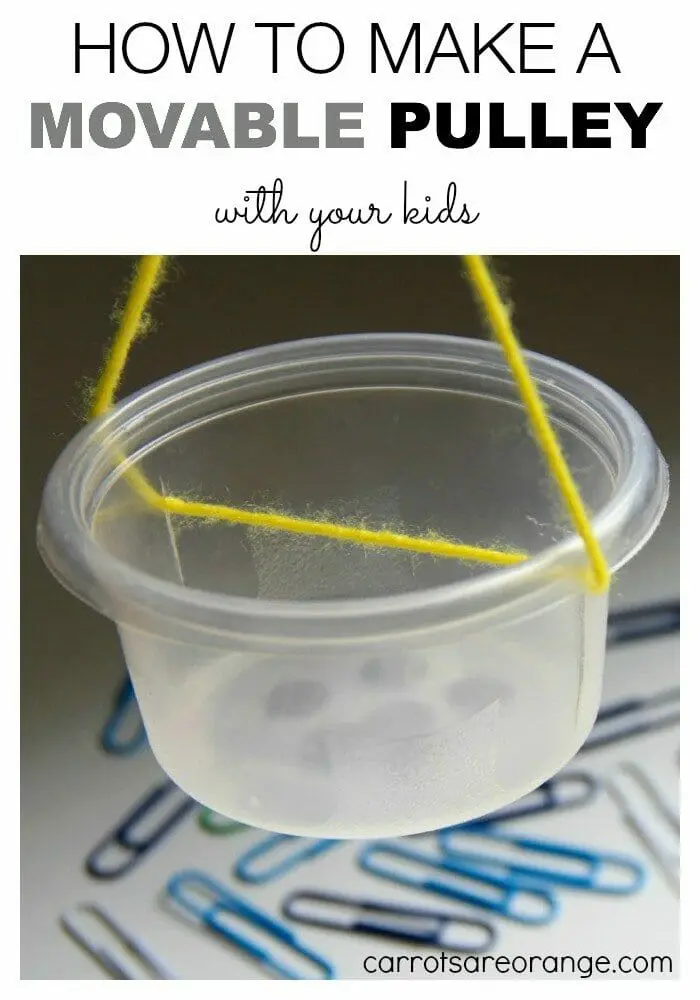
Creating a movable pulley involves using simple materials like a wheel, string, and a load to demonstrate the principles of mechanical advantage and force distribution.
Learn more: Carrots are Orange
7. Make A Conveyor Belt
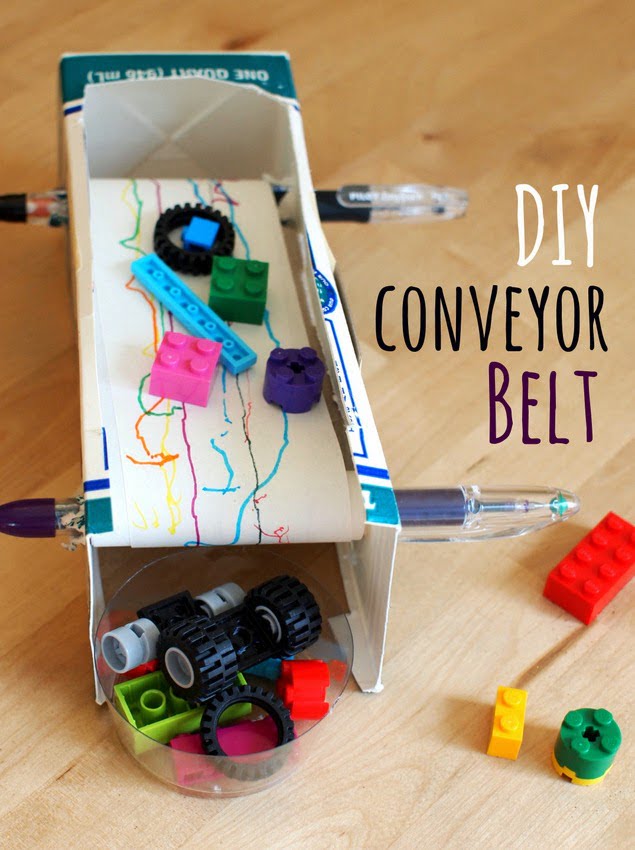
Constructing a conveyor belt using cardboard, a box, paper, and ballpoint pens is an excellent hands-on project for students to grasp basic engineering principles.
Students can experiment with different motorized or manual mechanisms to drive the conveyor belt, allowing them to observe concepts such as rotation, friction, and motion transfer firsthand.
Learn more: Pink Stripey Socks
8. LEGO Pulleys
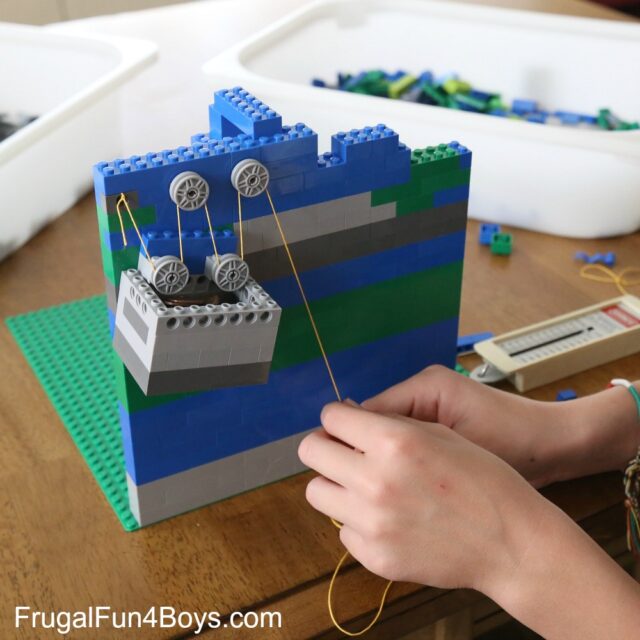
Constructing LEGO pulleys is an engaging project that allows students to explore the principles of simple machines in a hands-on way.
Using LEGO bricks and string, students can create various pulley systems to understand how they can change the direction and magnitude of forces
Learn more: Frugal Fun 4 Boys
9. Clothespin Button Racer
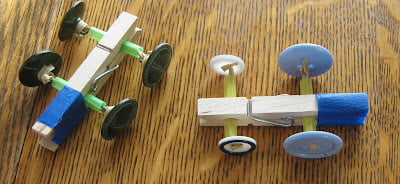
The clothespin button racer activity involves repurposing clothespins and buttons to create miniature racing cars. By assembling these simple materials, children can explore concepts of friction, motion, and engineering principles in a playful manner.
Learn more: Almost Un Schoolers
10. Make an Archimedes Screw
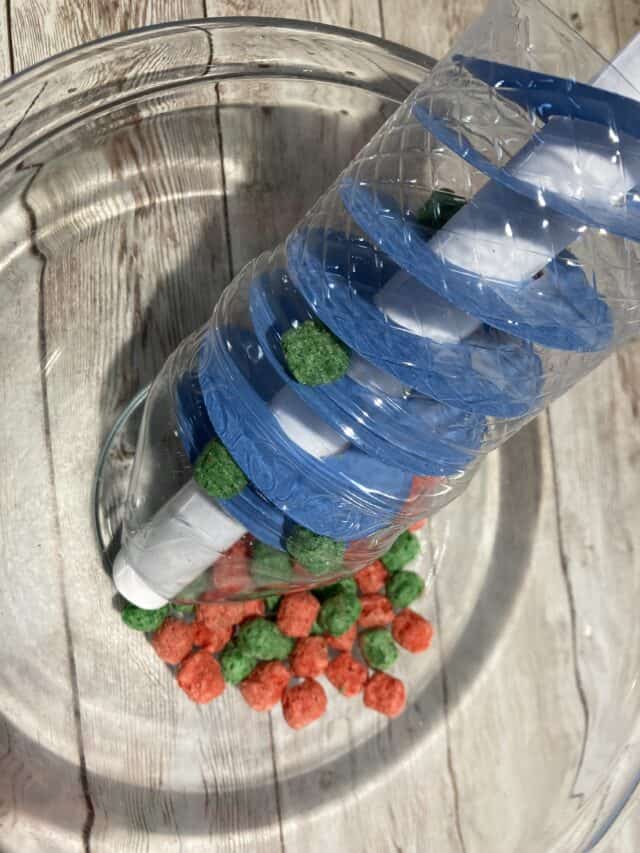
Constructing an Archimedes screw using a plastic bottle, cardboard, and a pipe is a creative and educational project for students to explore ancient engineering principles.
This exciting project allows students to explore ancient engineering principles in a hands-on way.
Learn more: Little Bins for Little Hands
11. Launching Ping Pong Balls with a Lever
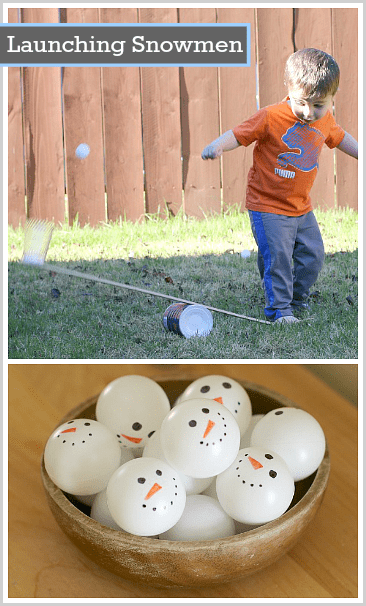
Launching ping pong balls with a lever involves constructing a simple lever system to propel the balls into the air. This activity introduces students to basic principles of physics, such as force, leverage, and projectile motion, in a hands-on and engaging way.
Learn more: Buggy and Buddy
12. Nuts & Bolts Sculptures
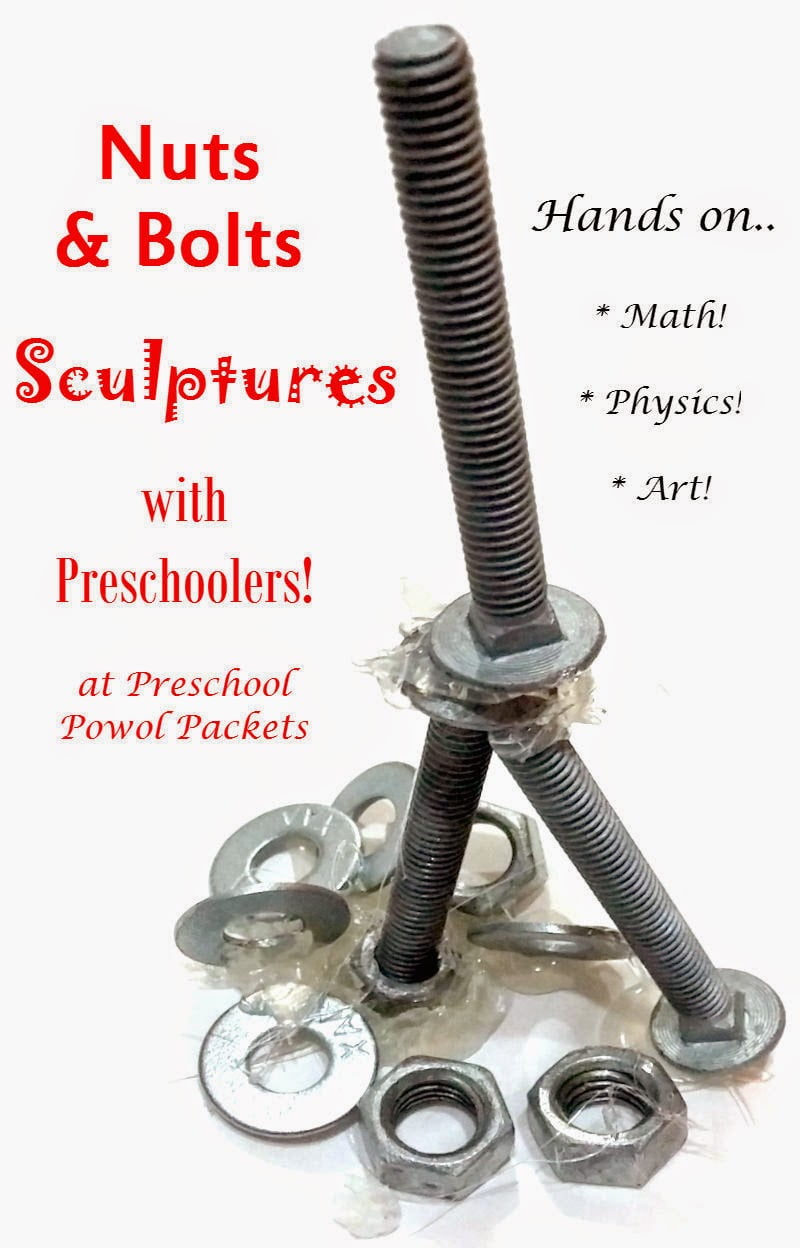
Creating sculptures from nuts and bolts involves arranging and fastening these hardware materials into various shapes and structures. This activity not only encourages creativity but also promotes fine motor skills and spatial awareness in children.
Learn more: Preschool Powol Pockets
13. DIY PVC Pipe Pulley System
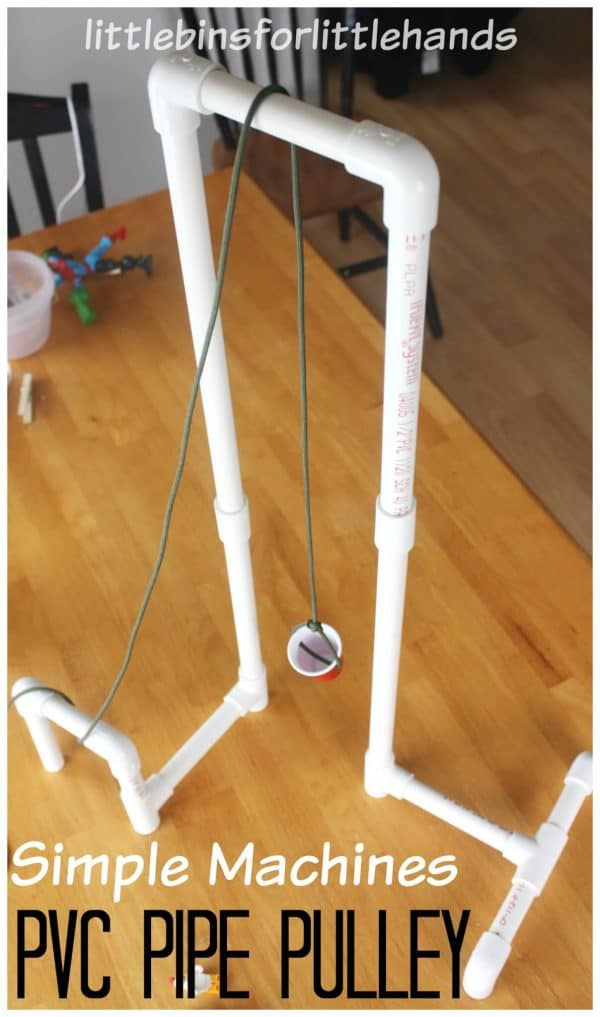
This project involves creating a DIY PVC pipe pulley system, offering a practical and engaging way for students to explore mechanical engineering concepts. Using PVC pipes, pulleys, rope or cord, and a sturdy frame, students can assemble a simple pulley system.
Learn more: Little Bins for Little Hands
14. Backyard Pulley Machine
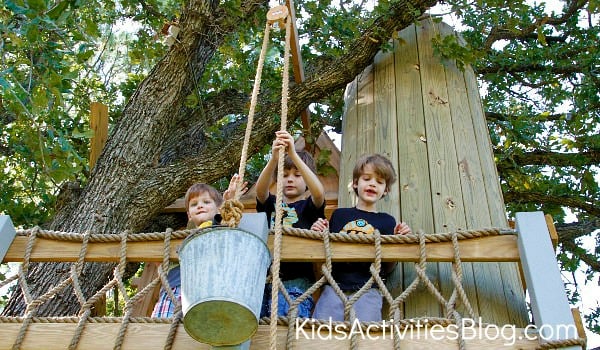
Designing a backyard pulley machine attached to a treehouse using a bucket is a creative and interactive project for children to explore engineering concepts while having fun outdoors.
With materials like ropes, a sturdy bucket, and pulleys, children can construct a system that transports objects between the ground and the treehouse
Learn more: Kids Activities Blog
15. Hanging Gardens of Babylon
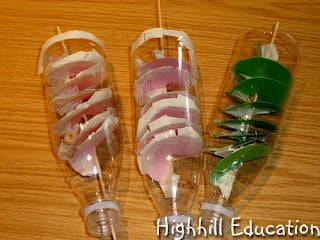
Creating a miniature version of the Hanging Gardens of Babylon using plastic cups with sticks in the middle is a creative and educational project for students to explore ancient engineering and horticulture.
Learn more: High Hill Homes School
16. Building a Catapult
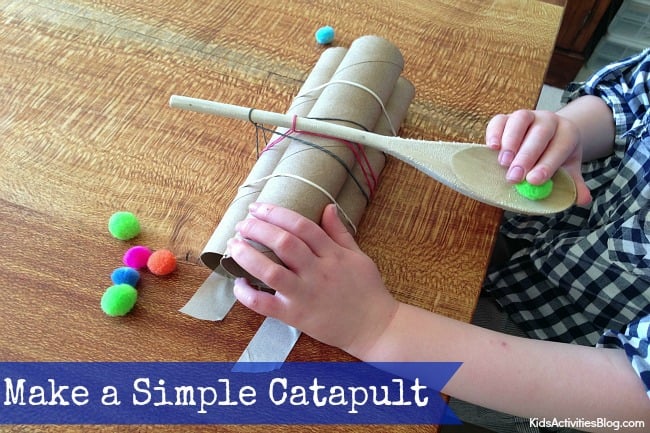
This activity involves building a catapult using toilet paper rolls, a big spoon, and elastics, providing a hands-on exploration of physics and engineering principles. Students create a frame by attaching toilet paper roll halves to a full roll, then affix a spoon as a launching platform
Learn more: Kids Activities Blog
17. Build A Hand Crank Winch
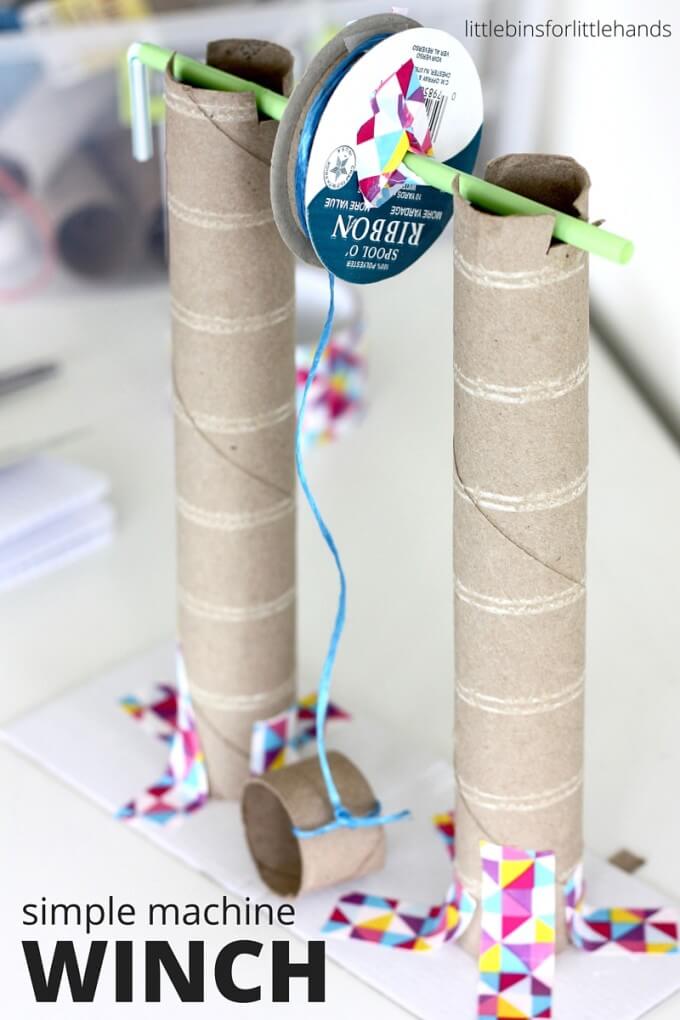
This activity involves building a hand crank winch using a toilet paper roll.
Students create the winch by attaching a handle to one end of the toilet paper roll, winding a rope around the roll, and securing it in place. When the handle is turned, the roll rotates, allowing objects to be lifted or lowered.
Learn more: Little Bins for Little Hands
18. Tissue Box Catapult
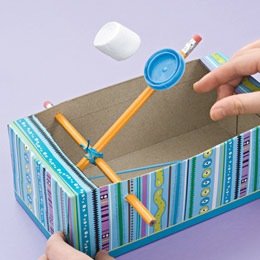
By attaching the spoon to one end of the tissue box and creating a lever using a popsicle stick or ruler, students can create tension using rubber bands or hair elastics to launch marshmallows.
This hands-on activity allows students to explore concepts such as potential and kinetic energy, projectile motion, and mechanical advantage in a fun and engaging way.
Learn more: Premeditated Leftovers
19. Make A Paper Airplane Launcher
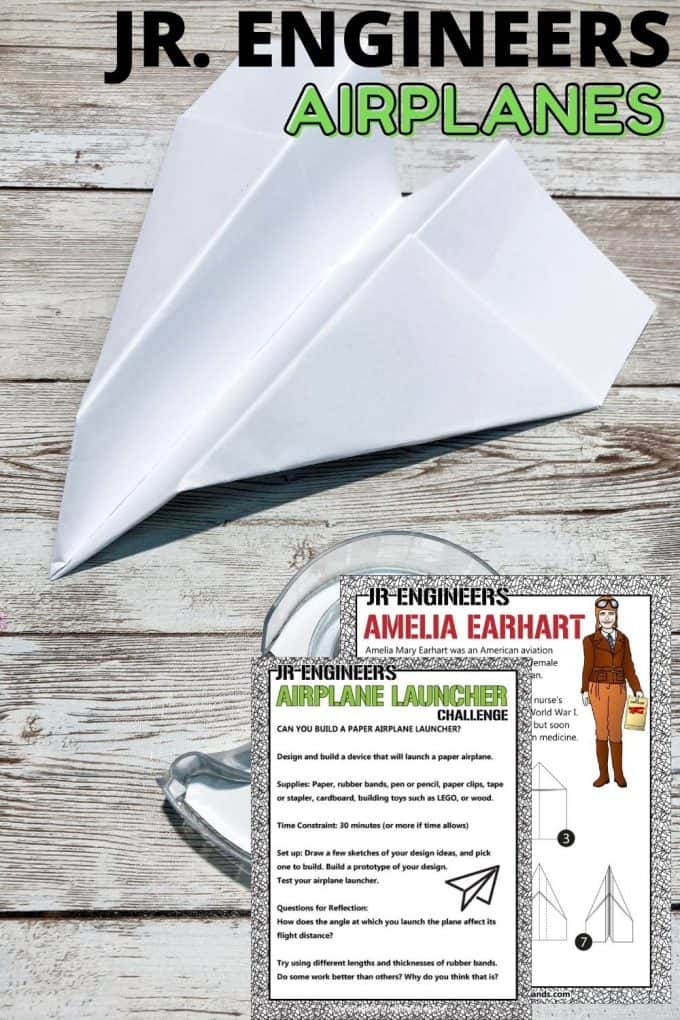
Creating a paper airplane launcher is an exciting and educational project. By adjusting the angle and tension, students can experiment with different launch distances and flight paths, learning about concepts such as force, trajectory, and aerodynamics.
Learn more: Little Bins for Little Hands
20. Build a Straw Roller Coaster
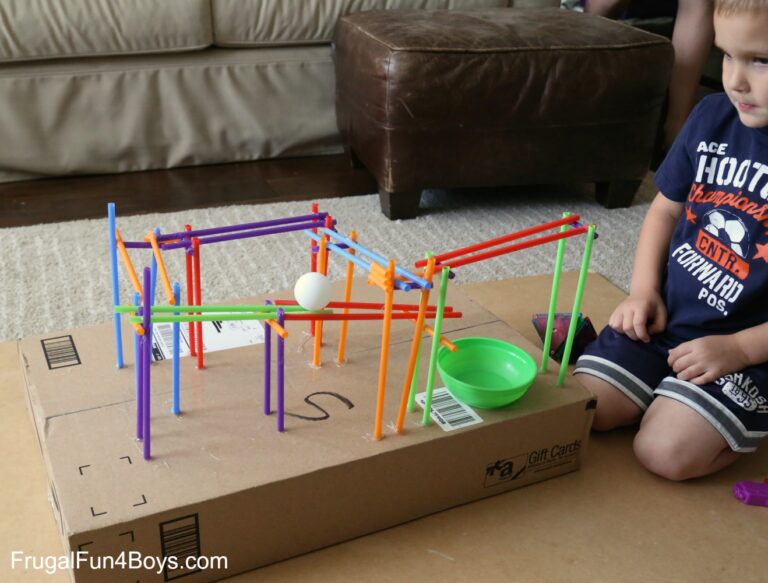
Using materials such as drinking straws, tape, and cardboard, students can design and build intricate tracks and loops for marbles or small balls to navigate.
By experimenting with different track configurations, slopes, and curves, students can observe firsthand how potential and kinetic energy affect the motion of the marble.
Learn more: Frugal Fun 4 Boys

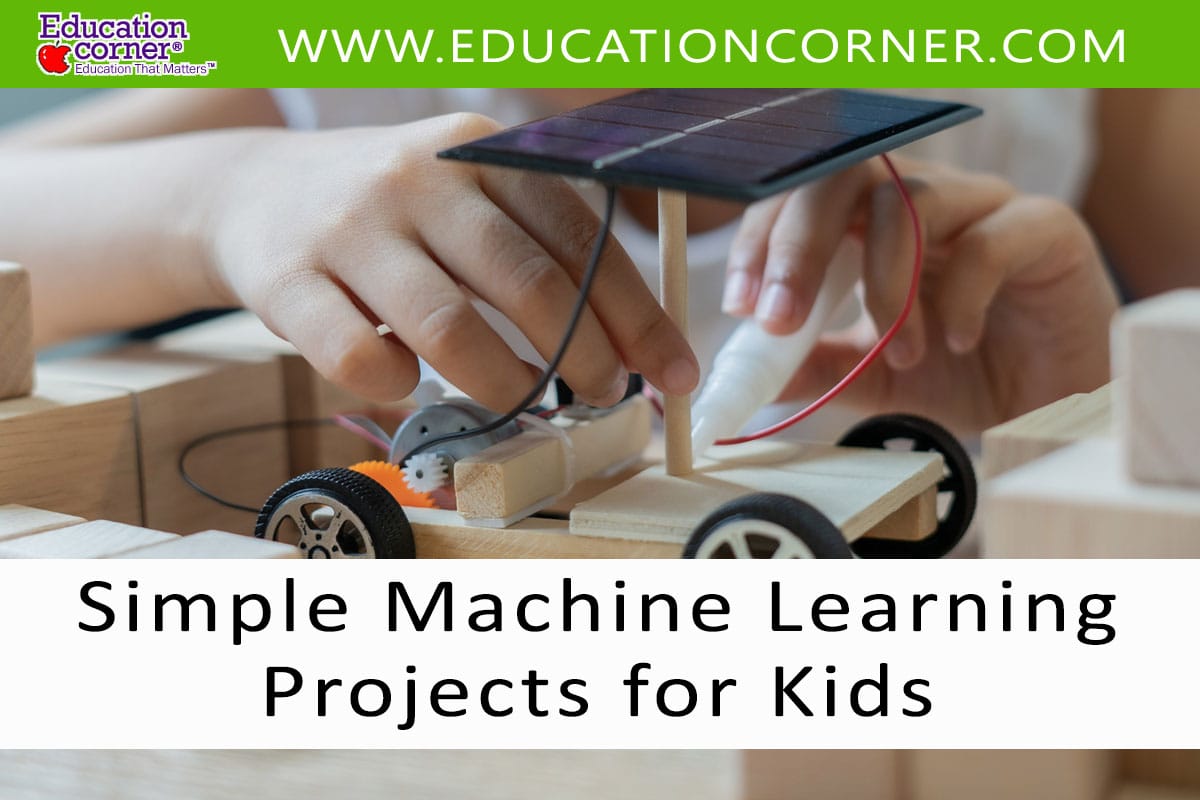
I had a blast reading this article! It’s full of exciting activities that I think every kid should try. I love how the article breaks everything down so it’s super easy to follow along. I recommend it to anyone looking for something fun and different to do!